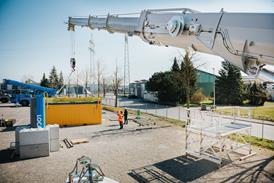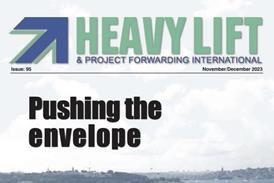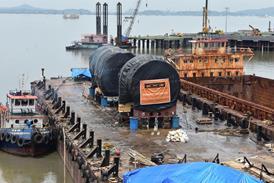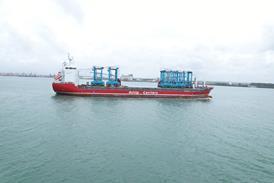According to industry analyst Wood Mackenzie, upstream oil and gas companies are increasingly delivering major capital projects on time and on budget.

The successful execution of projects has become of crucial importance to an upstream industry adapting to lower prices. The downturn forced companies to evaluate and improve how they manage their major capital investments.
The sector has a reputation for missing projected deadlines. The top 15 project overruns of the last decade were a cumulative USD80 bn over budget. "The scale of under-performance was staggering," said Angus Rodger, research director, Wood Mackenzie. "Surveying the last decade of project delivery, the average development started-up six months later than planned and USD700 mn over budget. That is a huge amount of value destruction."
However, recent performance figures indicate that the tide has turned. Wood Mackenzie said there is a growing list of mid to large-scale projects that have been delivered on target over the past 12 months. This includes areas previously notorious for cost blow-outs, such as the Arctic and Caspian. Examples of improved execution include deepwater developments such as BP's West Nile Delta and Atoll, along with Eni's Zohr and Cape Three Points projects; LNG (Novatek's Yamal), shallow-water gas (BP's Shah Deniz Phase two) and subsea tie-backs such as Woodside's Persephone and Wintershall's Maria.
Wood Mackenzie said the transition to a simpler, lower-cost business model has aided new project delivery. Most recently, Shell brought its deepwater Kaikias field in the Gulf of Mexico onstream nearly one year ahead of schedule. Wood Mackenzie identified six key factors, that in most recent cases, combined to create better project execution:
1. Spare capacity through the supply chain. This leads to better performance and lower costs. For example, in some basins, such as the Gulf of Mexico and pre-salt Brazil, drilling efficiency has improved dramatically;
2. Service sector collaboration and alignment on contracts, albeit mostly for projects developed in northern Europe;
3. Improved project management. Companies have more people looking at fewer things, while under-utilised service companies can offer their best teams for each major contract;
4. Greater corporate discipline. Tougher pre-final investment decision (FID) screening and more stringent hurdle rates have increased attention on execution and cost control;
5. More pre-FID planning. More contracts are 'signed and sealed' pre-sanction, often with preferred partners versus putting everything out to bid;
6. Reduced scope. More tie-backs and brownfield projects are using existing infrastructure.
While there have been a few large-scale oil developments sanctioned in recent years, it is not many by industry standards. It is in the LNG sector where there are clear signs that companies are re-engaging with giant, capital-intensive projects. This includes new developments in Canada, Mozambique, Qatar, Papua New Guinea, Russia and Australia.
"There is a looming wave of big pre-FID LNG developments building on the horizon, all aiming for sanction between 2018 and 2020. After a fallow period in new LNG project sanctions, and megaprojects in general, the next 18 months will likely see a step change. This will be the real test of whether the industry has addressed the issue of poor delivery," Rodger said.
www.woodmac.com















